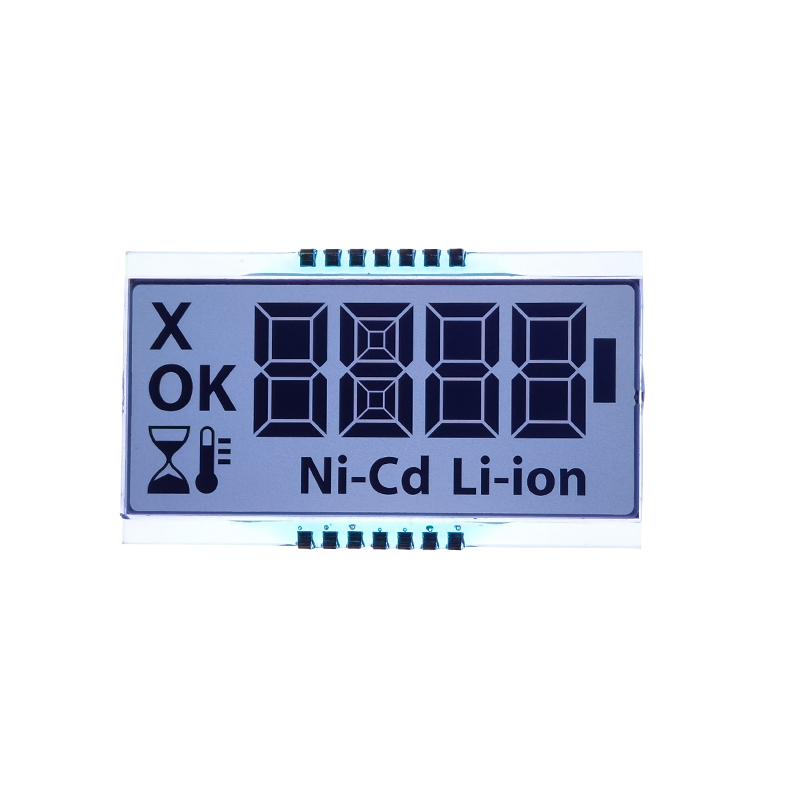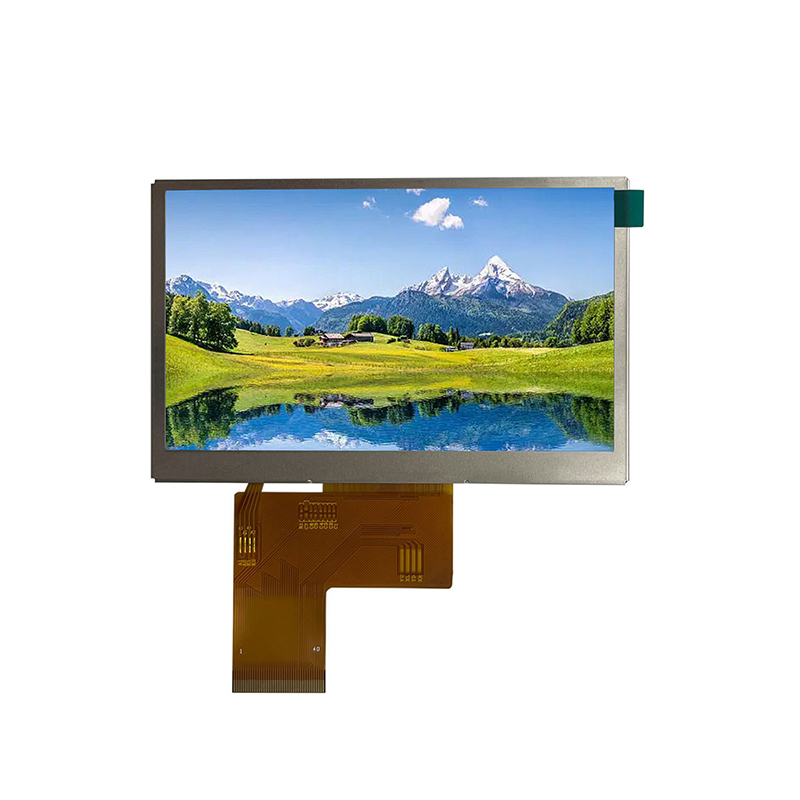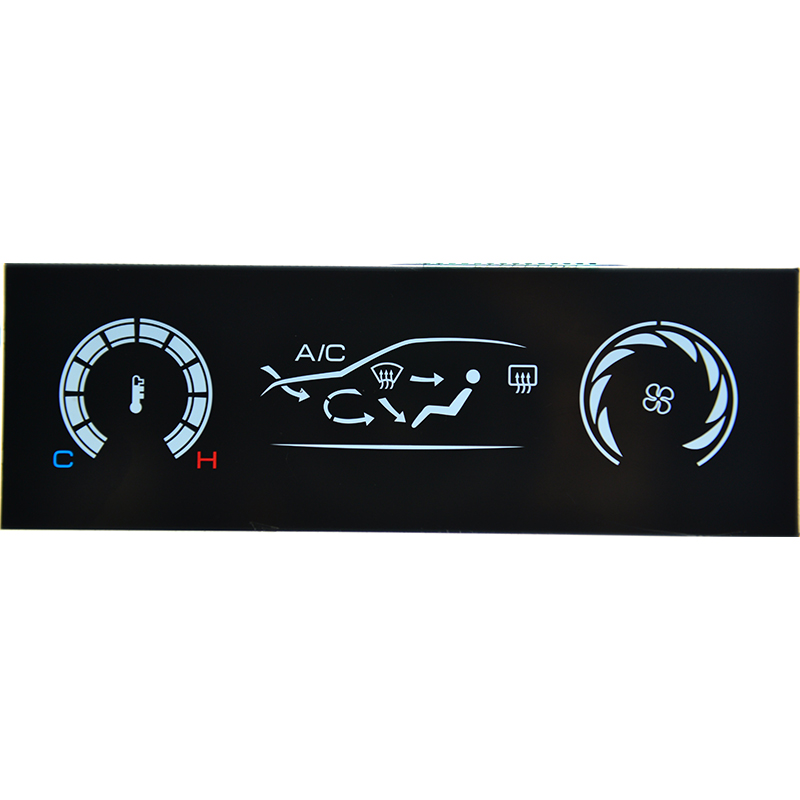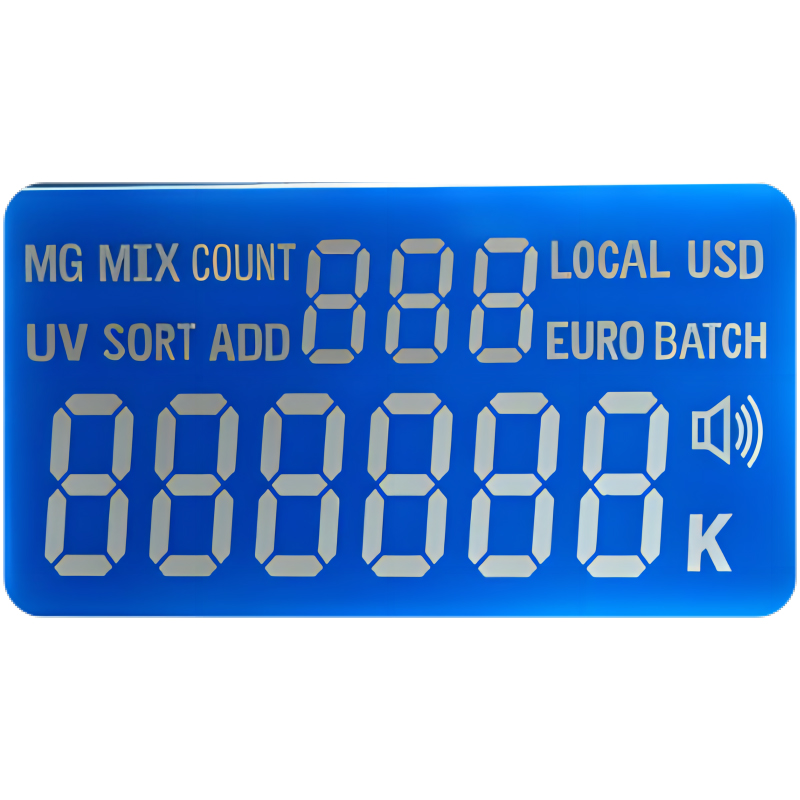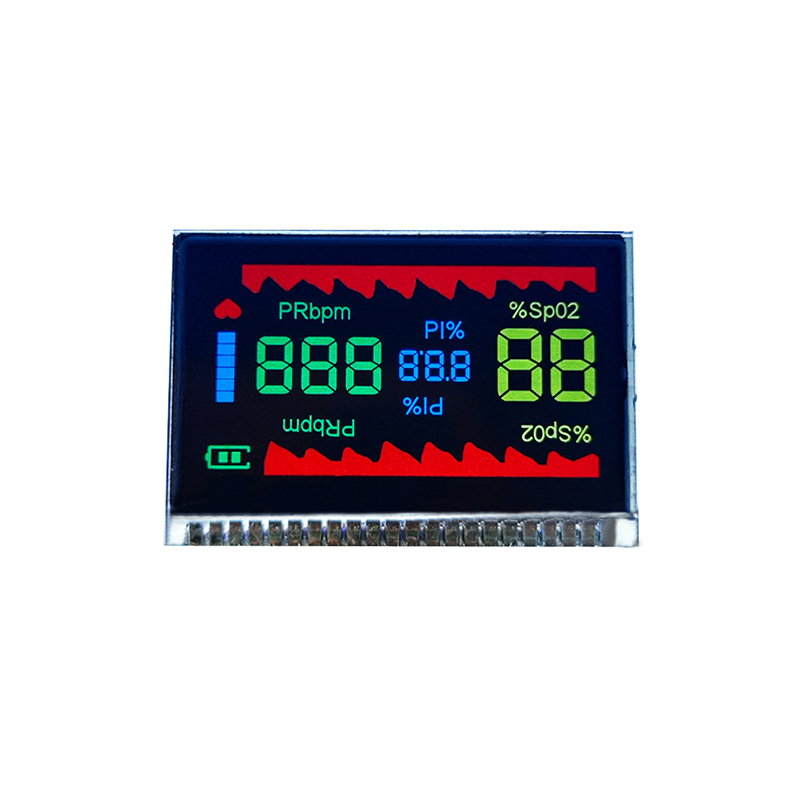Choosing the Right 162 LCD Display for Your ProjectThis guide helps you select the perfect 162 LCD display for your needs, covering key specifications, common applications, and considerations for successful integration. We’ll explore different types of displays, highlighting their strengths and weaknesses to aid your decision-making process.
Understanding 16x2 LCD Displays
What is a 16x2 LCD Display?
A
162 LCD display is a compact, liquid crystal display module capable of showing 16 characters across two lines. This makes them ideal for simple text-based applications. They are commonly used in embedded systems, hobby projects, and various electronic devices requiring basic information display. The characters displayed are typically alphanumeric (letters, numbers, and symbols).
Key Specifications to Consider
When choosing a
162 LCD display, several specifications are crucial: Character Size: While the overall display size is generally consistent, character size can vary slightly between manufacturers. Larger characters are easier to read from a distance but may require a larger overall module. Contrast Ratio: This determines the clarity and readability of the displayed text. A higher contrast ratio ensures better visibility in various lighting conditions. Backlight: Most
162 LCD displays offer backlight options, commonly LED backlights in colors like blue, green, or white. The color and brightness of the backlight can influence readability and aesthetics. Interface: Common interfaces include I2C and parallel. I2C is generally preferred for its simplicity and reduced wiring complexity. Consider your microcontroller and its capabilities when selecting an interface type. Operating Voltage: Ensure the operating voltage of the display matches the power supply of your project.
Types of 16x2 LCD Displays
There are different variations available. Key distinctions often relate to the backlight type and interface used. Some manufacturers, like those you might find at
Dalian Eastern Display Co., Ltd., offer a wide variety of options to choose from.
Common Applications of 16x2 LCD Displays
162 LCD displays are incredibly versatile and find use in a broad range of projects:
Hobbyist Projects
These displays are popular for hobbyist projects, such as: Arduino Projects: Displaying sensor readings, simple games, or other project-related information. Raspberry Pi Projects: Integrating a simple text display for system monitoring or user feedback. Electronic Clocks: Creating a simple clock display with the time, date, or other relevant information.
Embedded Systems
Their compact size and low power consumption make them well-suited for embedded systems: Industrial Control Systems: Displaying status information, error codes, or set points. Automotive Applications: Showing basic information in vehicles. Medical Devices: Providing simple status readouts.
Choosing the Right Display for Your Needs
The best
162 LCD display depends heavily on your project requirements. Here's a checklist to guide your selection:
| Factor | Considerations |
| Interface | I2C simplifies wiring; parallel requires more connections. |
| Backlight | Choose a color and brightness suitable for the viewing environment. |
| Character Size | Larger characters improve readability, but may require a larger module. |
| Operating Voltage | Match the display's voltage to your power supply. |
Remember to check datasheets for detailed specifications before making a purchase.
Conclusion
Selecting the appropriate
162 LCD display is crucial for the success of any project that requires a simple yet effective display solution. By carefully considering the specifications and application requirements discussed above, you can ensure your project benefits from optimal visibility and functionality.



